Five Best Practices for Designing Surveys to Learn About Your Customers
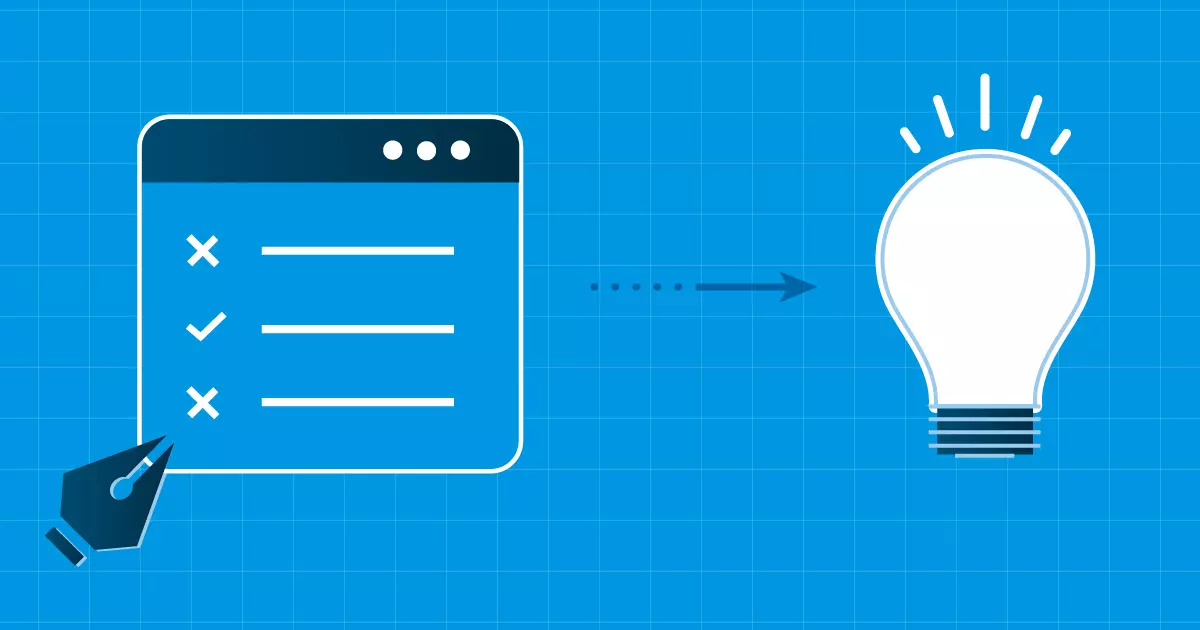
Want to find out more about your customers’ needs and challenges, but not sure where to start? Read these five best practices for designing surveys to learn about your customers.
Conducting surveys is a great way to learn about your audience at any stage in their customer journey. Used alone, surveys can help you collect feedback from a lot of people in a short amount of time. Logistics are simpler than other types of research: you design the survey and deploy it; respondents take the survey on their own time; you analyze results.
Surveys also complement other parts of your marketing communications programs. Surveys can be used to set benchmarks at the start of a project, so that you can measure results and determine success later. They can help set the stage for other research you’re conducting—perhaps you deploy a survey to learn about a target audience in broad terms first, and then use survey results to home in on specific topics to explore during phone interviews or in-person work sessions. Surveys can also collect customer feedback to help you improve current campaigns.
Surveys can be used to learn a variety of information about your audience, including:
- Buying process – What kind of information do your customers need to do their job? Where do they look for information? What kind of information helps them make a purchasing decision?
- Website satisfaction – Why do your customers visit your company’s website? Can they find what they need? Are there additional resources or tools you can provide to them?
- Post-event feedback – What did your customers think of your company’s trade show booth? What was most valuable to them? Is there additional information they were looking for?
Best practices for designing surveys
Here are five best practices to keep in mind, no matter what kind of survey you’re designing.
1. Identify what you want to learn and how you'll use survey results
To get the most out of the data, survey questions should be written specifically for the goals of your research. So, first you must identify what those goals are. Decide what you want to learn from your survey, whether that’s how your customers make purchasing decisions or what they do when they visit your company’s website.
Writing questions that are aligned with your research goals will help you stay focused on asking what you need to know, and it helps respondents stay focused as they answer your questions. Identifying goals is also a good way to check if your survey is getting too long or complicated. If there are questions that do not directly relate back to the information you want to learn, consider removing those questions.
Also, determine how you’ll use survey results. Will they help tailor the types of content you develop? Will results help you make improvements to your company’s website? Knowing upfront how you’ll use results will help you stay on track with writing questions and analyzing results.

2. Speak their language
As with any kind of writing, you should write for your target audience. Phrase questions and use terminology in ways that your respondents will understand. Avoid using internal jargon, and if you use abbreviations, be sure to spell out what they mean. Your respondents will be able to provide more accurate responses if they have a clear understanding of what you're asking.
3. Use different question types
Survey questions fit into two categories: quantitative and qualitative. Quantitative data collects numbers and basic information. Qualitative data collects descriptions, explanations and opinions. Survey platforms like SurveyMonkey and Typeform have a variety of question types you can include in your surveys. For this discussion, we’ll focus on two question types: multiple choice (quantitative) and open-ended (qualitative).
Multiple choice questions work well for questions that have a limited set of responses and when you need to collect foundational information. These questions are usually easier to answer and, because response choices are limited, results from these questions are easier to analyze, too.
Here are a few examples of multiple choice questions. Each of these would have a set list of responses, and respondents would select from those options.
- How often do you visit the company’s website?
- Which of the following best describes you or your role?
- What is your primary relationship with the company?
- What type of information do you typically look for when visiting the company’s website?
- Which date(s) did you visit the booth at the trade show?
- How would you rate your experience at the event?
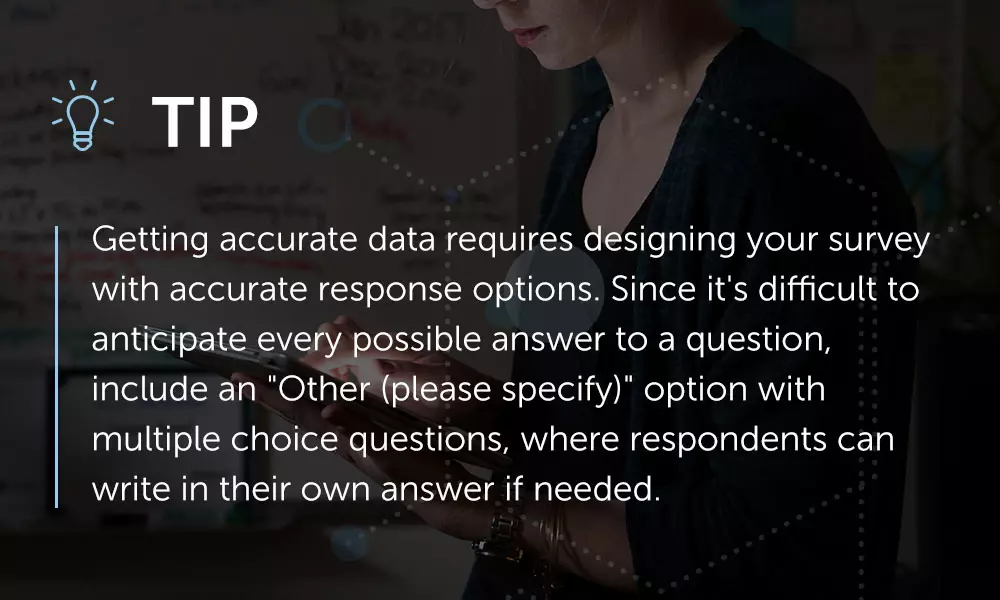
Open-ended questions are useful when respondents need to provide their own ideas or explanations. Open-ended questions may take longer for respondents to answer, and analysis of these responses takes longer, too.
Here are a few examples of open-ended questions:
- What does the current website do well and why?
- What adjectives would you use to describe the company?
- What can we do to improve your overall experience in working with us?
- What was your favorite part of the booth at the trade show?
- What is the one thing the website could do better?
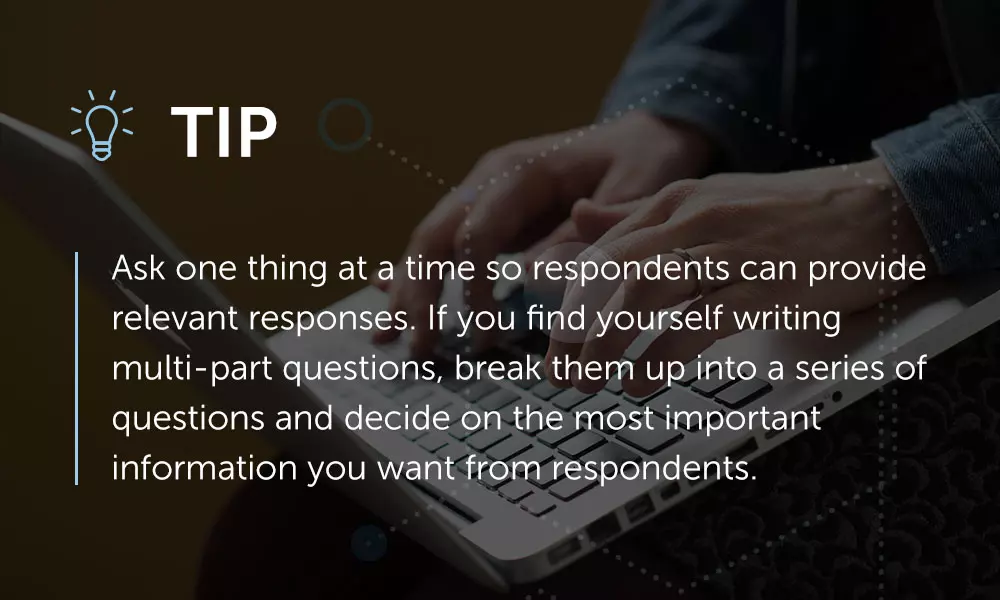
Striking the right balance between quantitative and qualitative questions will make the best use of time for your respondents completing the survey and for you when analyzing results. Finding that balance is a broader discussion and there are great resources online to reference, such as SurveyMonkey’s resource center.
4. Make it easy to take the survey
Ask questions that move from general information to specific information. This will give your respondents a logical flow to move through questions.
Help respondents move through the survey by using skip logic, so they can skip over questions that are not relevant to them (and reduce the time they need to spend on the survey).
Weigh the pros and cons of requiring responses to survey questions. Requiring answers ensures you're receiving data, but it also slows down participants. On the other hand, not requiring responses makes it easy for people to skip over questions or entire sections and will reduce the quality of data.
After you program your survey, test it on desktop and mobile devices to ensure the survey is easy to take and skip logic works correctly. You may also ask a colleague to take the survey as a test run to see how long it takes them to complete and if there are any unclear questions.
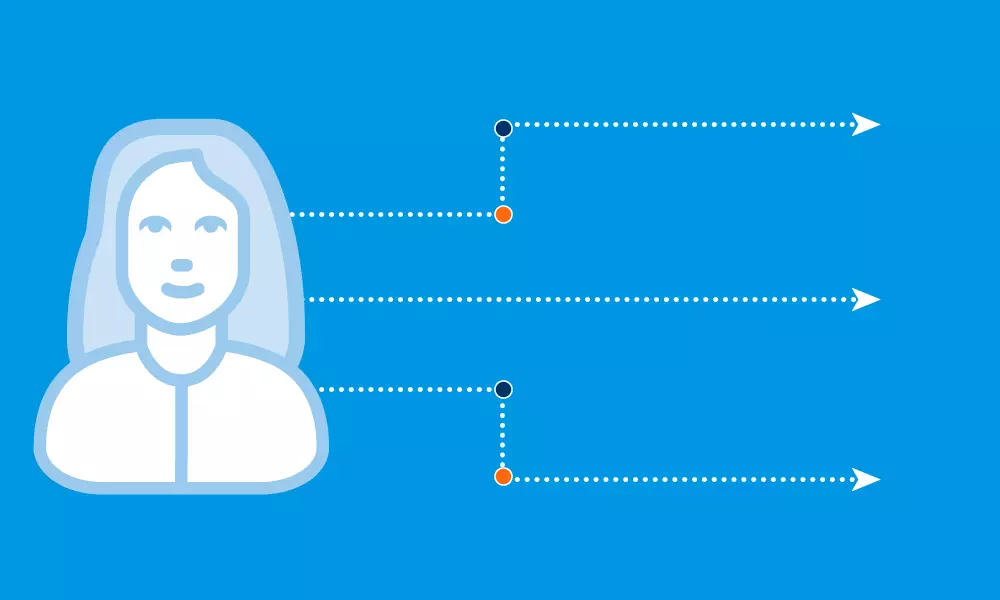
5. Get an outside opinion
Speaking of asking a colleague – ask someone who is not working on the survey to review it. Do the questions make sense to them? Does the survey have a flow that’s easy to follow? Do any questions seem out of place or irrelevant? A fresh pair of eyes will you help you identify any confusing or inconsistent areas of your survey. Then you can make improvements before sending the survey out to participants.
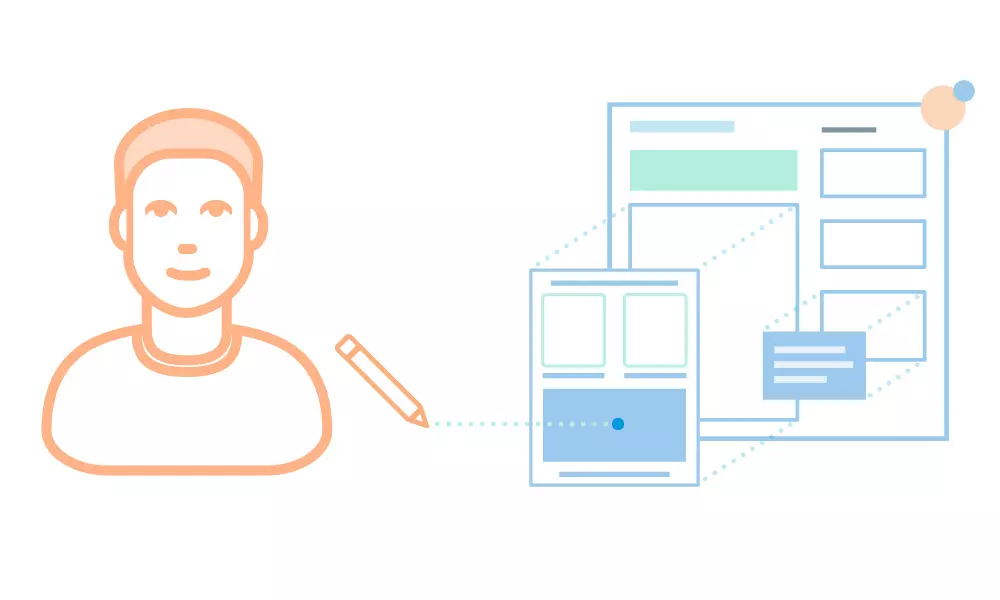
Conclusion
Surveys are a great way to collect information about your audience because you can tailor questions to specific research needs. It’s important to identify the goals of the research and how you’ll use results to ensure survey questions are relevant and will collect the information you need. Like any piece of writing, you should write for your audience with terms they use and understand. Make it easy for participants to take the survey by varying question types, creating a logical flow of questions and using skip logic. Finally, ask a colleague to review the survey as a fresh pair of eyes and to identify any confusing parts of the survey.
Surveys are a good way to gather information, but they should not be the only way you learn about your audience. Conversations with people in your target audience (either over the phone or in person) will let you dive into specific topics.
Use survey results as part of the larger context of your marketing communications program, alongside website analytics, industry trends and stakeholder knowledge, to gain a more complete understanding of your target audience and how you can best serve them.
For more tips on how to learn about your audience, download our guide on How to Conduct Your Own B2B Research.
Sign Up for our Newsletter - Get agency updates, industry trends and valuable resources delivered directly to you.
Godfrey Team
Godfrey helps complex B2B industries tell their stories in ways that delight their customers.




